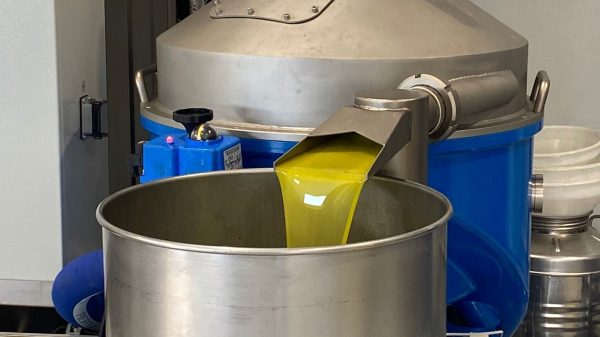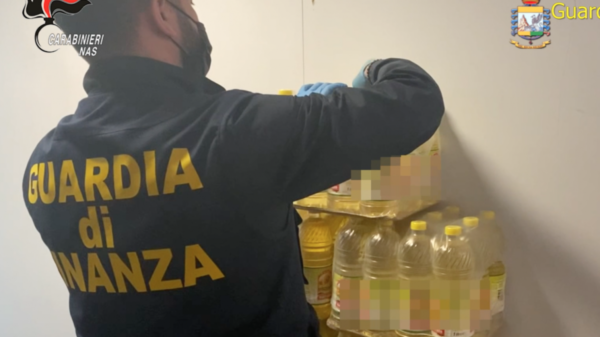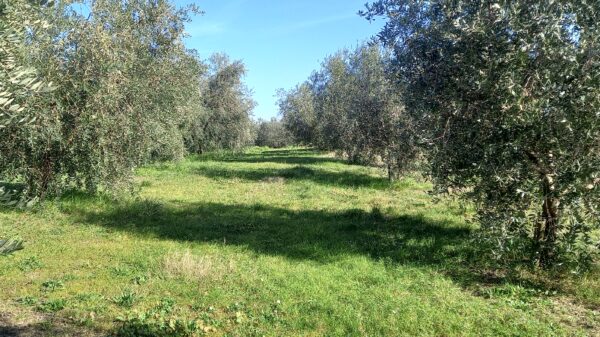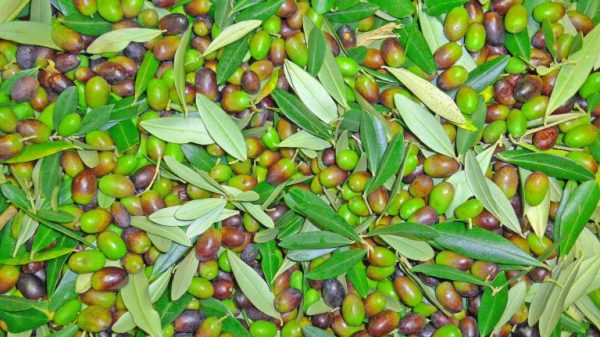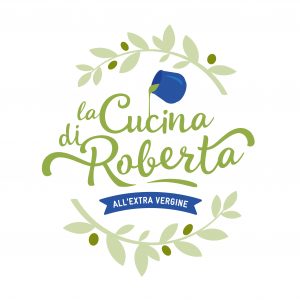 Saturday "Mr. Rossi" opens a 0,75 liter bottle of Franciacorta as an aperitif to drink with a couple of friends and by the second glass the wine is finished. Cost of the bottle: € 18,00.
Saturday "Mr. Rossi" opens a 0,75 liter bottle of Franciacorta as an aperitif to drink with a couple of friends and by the second glass the wine is finished. Cost of the bottle: € 18,00.
On Monday, "Mr. Rossi" buys in the mill a 0,75 liter bottle of oil and he takes it home: it will last him about twenty days. Cost of the bottle: € 16,00.
On Wednesday "Mr. Rossi" collects the car from the workshop where he had brought it for the coupon. Cost of one liter of engine oil: € 30,00.
On Friday the sister of "Mr. Rossi" buys a liter bottle of extra virgin olive oil at the supermarket on sale. Cost: € 3,49… There is something that does not add up in these numbers for a consumer who often makes incomprehensible statements: 18,00 euros for a bottle of bubbles is not much, lubricant is expensive because it has to run an engine at high revs, who sells oil at 16,00 euros is a robbery because it costs a fifth in the supermarket.
Without going into the merits of the claims related to wine or the function of the lubricant for the car, what is the right price for the oil?
Before proceeding, it must be remembered that the oil in large-scale distribution often has the function of owl product, as often happens at Christmas with panettone, and it is sold below cost to attract consumersi: for this reason, its shelf price often has no relation to its production cost.
How is the price of extra virgin olive oil formed? Mr. Bianchi produces oil on Lake Garda (but it could also be in many other Italian regions). Its centuries-old trees are located on splendid terraces overlooking the lake: they can be counted in one hectare about 300 plants. Frost in winter, dryness in summer, parasites in spring and flies in autumn force constant attention in the field and the use of expensive products to combat weeds, especially in the field of integrated, biodynamic or organic cultivation . There pruning is done by hand, taking care to satisfy the needs of each plant; the harvest takes place by spreading thick nets under the trees where the olives fall with soft combs or with the hands from the branches; from the nets they are delicately moved into small crates which are moved on the steps with wheelbarrows to be taken immediately to the oil mill, where the extracted oil is filtered and bottled.
Mr. Verdi produces oil in Andalusia. Her plants are bush-like and are located in flat land, slightly inclined towards the south, in the center of the region: in one hectare there are over 1.800 plants. The mild winter temperatures, the artificial irrigation and the absence of flies greatly reduce the problems in the field. There collection happens with the straddlers, agricultural machines similar to car wash rollers that completely wrap the foliage stripping it off, foliage that perhaps has been sprayed with products that stimulate the detachment of the olive; the olives are placed directly on the back of a truck and unloaded in the square of a huge mill, where the extracted oil is stowed in huge steel containers waiting to be sold in tankers. Pruning is done mechanically and is mainly used to reduce harvesting problems for the straddler.
Considering that the two items with the greatest incidence in the cost of an oil are labour (harvesting, pruning, working in the field and in the mill…) and the packaging, this explains the disparity: Mr. Bianchi employs a lot of manpower and bottles his oil in the mill; Mr. Verdi relies on the machines and sells the product in bulk to companies who then bottle it under their brand name.
These are obviously two extreme examples, useful for understanding price formation. In Italy, olive growing is mainly of the traditional type, such as that practiced by Mr. Bianchi, with small mills, often family-run or cooperative, who pay close attention to the relationship with the producer and his olives; the companies are small and the yields are closer to 9% than 20%.
For these reasons, simplifying a lot, we can say that extra virgin olive oil has a average price” national valued at around 10,00/11,00 euros per litre. This indication has purely statistical value because it is like saying that the average height of Italian males is 1,75, which is a true statistic, but only a few of us are really 1,75 tall.
Un rough price, however, that can double or triple because the greater the care in cultivation, the variety of olives, perhaps native ones, the conservation of the territory, the careful processing, the extraction of characteristic aromas and tastes, the certifications of controlled origin, the field and processing difficulties... the greater the efforts and the greater the economic commitment they involve. Obviously this does not mean that an oil to be "good" must have a high price and it does not even mean that if it costs 6,00 euros per liter it is a scam. What I have told you only serves to understand why generally an oil in much of Italy has a certain price, compared to a product intended for wholesale market in Spain or in other Italian regions more suited to olive growing, such as Puglia, Calabria or the Sicilia.
di



